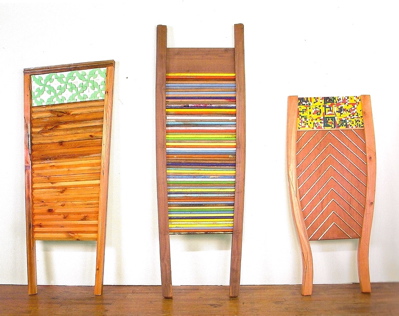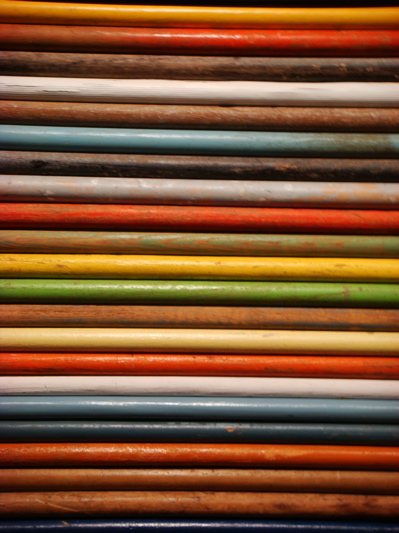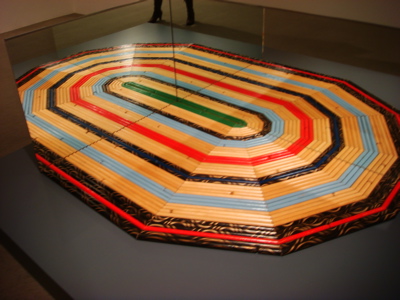Trip Report – Memphis, TN

Despite working in the arts, like most people I tend to find more time to really look at art when I’m separated from my day-to-day life. Not only that, though. Wherever I am, I always have trouble separating art history from my perceptions of the world. Spending time someplace unfamiliar, I find that I almost instinctively seek insight into the people and the culture there through what the locals like to look at.
This week I’m in Memphis, Tennessee. Far from my day-to-day life. To say the least.
Among other things, Memphis is on the tail end of a citywide celebration of one of its local art celebrities: Greely Myatt, who has been teaching and making art in Memphis since 1989. With rolling exhibitions in (at least) nine different venues, it was clear that this was the guy to go to if I wanted to see what Memphians wanted to see. The multi-site exhibition, calledGreely Myatt and exactly Twenty Years, began in September, but only one venue remains this week: the Memphis Brooks Museum.
The Brooks installation includes works from 1996 to 2006. My personal knowledge of this fifty-something-year-old artist is, thus, confined to ten years of work from the very recent past. What I saw was a compelling combination of found objects, rich materials, and amazingly fine craftsmanship. Rough-hewn raw materials – wood, metal, cotton plant roots, farm implements, eyelashes – assembled in meticulous fashion, often alongside gorgeous, worked wood, metal, mirrors.
For instance, Scrubbing Board: Broom Handles (2005), is an assembly of multi-colored broom handles set within walnut and heart pine wood (below, center),

Greely Myatt, Broom Handles, 2005 (detail)
and my favorite, rug (1997),

Greely Myatt, rug, 1997, Broom handles and mirrors, 28 x 40 x 60 in.
is a similarly juxtaposed rainbow of broom handles with mirrors. (The catalogue shows rug installed in a show in the Netherlands, flat on the floor rather than on a pedestal. I understand why the museum needed to raise the piece off the floor, but it does lose something in the shift.)
Sweetwater (2001), an installation comprised of Cotton roots, found objects, alabaster, sugar, mirrors, cast plastic and a motor, seemed to more emphatically lean on the vernacular of the South – a sense of regional history, family and tradition that the exhibition catalogue recounts as so important to Myatt as an artist and to an understanding of his work (alongside wit and wordplay).
So, can I put my finger on what I learned about Memphis and the South through the work of this arguably successful native son? I admit that I read the exhibition catalogue, so I know that Myatt has done a number of homages – to Serra, to Duchamps, to his grandmother. He’s made bottle trees out of sanded tree branches, quilts out of reclaimed wood, and thought bubbles out of false eyelashes (with the fantastically evocative title I Swear). Many of the works I saw straddled modern minimalism and hands-on prowess to produce beautiful, whimsical, thought-provoking works of art.
I’m sure any broad conclusion I would try to make would be an overly simplistic construction based on too little information. I’ll venture this about what I saw, though: in his work, Greely Myatt seems to purposefully hold on to the history – of the objects they (often loosely) represent, of the objects that he reused and reformed into something new, of the names and phrases that came out of the South and landed on the object labels of his exhibitions. Beyond that, I think I’ll need to keep looking.
Nicole Chism Griffin, Associate Manager of Public Relations, SAM